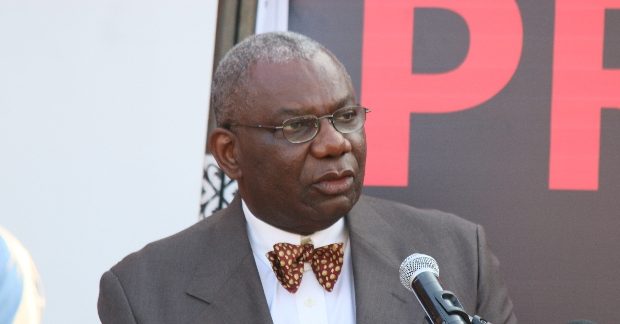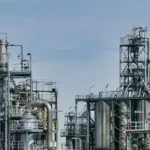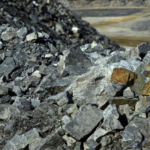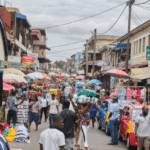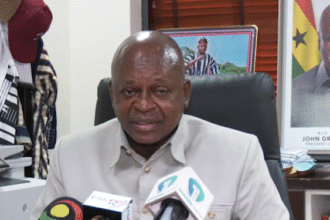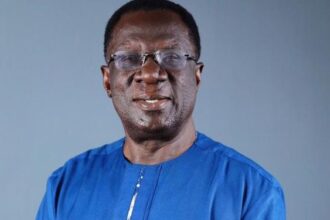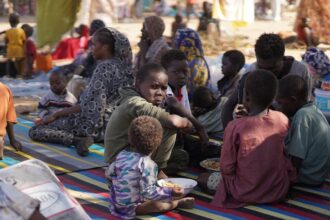Ghana appears to be inching closer towards energy sufficiency after the coming on stream of the Sankofa Gye Nyame oilfields which is predominantly meant to produce Gas.
The coming on board of this additional gas supplies, coupled with the existence of the Jubilee and TEN oil fields mean that, the country is some few years away from bidding farewell to its nagging intermittent power crisis because of the availability of Gas to fuel the power plants.
The development also implies that Ghanaians will no longer experience the inconveniences of queuing at Gas feeling stations due to shortage of the product as the country can now take care of its Liquefied Petroleum Gas (LPG) needs.
Ghana currently has gas deposits of about 200 billion standard cubic feet offshore the Jubilee Field, which the country wants to utilise as a source of cheap fuel to power its thermal plants for generating electricity.
TEN, will produce an average of 30 million standard cubic feet of gas per day over the next five years and is expected to reach 100 million standard cubic feet of gas per day by 2032.
On the other hand, the Sankofa Gas Project – located 60 km offshore is expected to bring significant benefits for Ghana by fueling up to 1,000 megawatts of power.It will also will provide enough gas to fuel most of the thermal power sector in Ghana to 2036.
Dr Steve Manteaw, Media and Campaigns Coordinator of the Integrated Social Development Centre(ISODEC) stated, “the common on stream of the Sankofa Gye Nyame project is good news for Ghana because it’s going to be our first predominantly gas field. Again, the good news is that because its predominantly gas field, it moves Ghana to the state of energy sufficiency because soon we will be able to acquire or derive adequate fuel to be able to power our generation plants at relatively cheaper cost.”
Dr Manteaw submitted that, “If you take out hydro, gas comes as the relatively cheapest energy fuels, so that is good for Ghana.”
Though good news to the state, Dr Manteaw who is also a member of the Public Interest and Accountability Committee(PIAC) indicated however that though the country can jubilate over the availability of gas there are concerns about the price been negotiated for our gas from Sankofa Gye Nyame field.
He pointed out that by virtue of equity participation, Ghana shall be entitled to 20 percent returns on that project. But, what accrues to the other partners has to be negotiated for and bought if the country needs it , this, he said has been done but at prices that are not competitive and advantageous to the republic of Ghana.
According to him, “the prices are higher than current gas prices and what is more worrying is a clause that commits Ghana to by the ENI gas at the negotiated price even if cheaper options become available and that does not inure to the longer term interest to the country.”
Dr Manteaw, spoke to the media after a workshop held for members of the Institute of Financial and Economic Journalists (IFEJ) and supported by the German International Development Cooperation (GIZ) and the PIAC. The workshop was meant to analyse the 2016 PIAC Report.
Mr Allan Larsey, Head of Governance at GIZ encouraged journalists to continue to put the searchlight on the government especially in the oil sector, stressing, “We need to be vigilant because things are happening in the oil industry.
Mr Larsey, stated that the change of government does not mean all is rosy in the oil sector hence, the need for journalists, civil society and Ghanaians in general to keep their eyes open and monitor happenings in the industry.
He assured the media that his outfit is very much committed to helping the media deepen their knowledge to engage with sector players.


